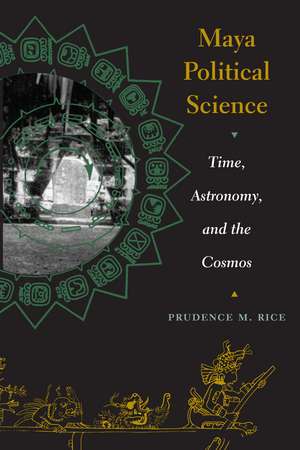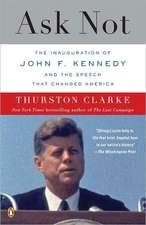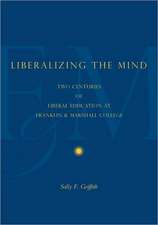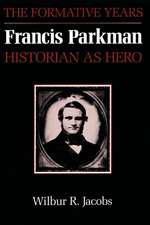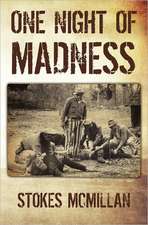Maya Political Science: Time, Astronomy, and the Cosmos
Autor Prudence M. Riceen Limba Engleză Paperback – noi 2004
In this groundbreaking book, Rice builds a new model of Classic lowland Maya (AD 179-948) political organization and political geography. Using the method of direct historical analogy, she integrates ethnohistoric and ethnographic knowledge of the Colonial-period and modern Maya with archaeological, epigraphic, and iconographic data from the ancient Maya. On this basis of cultural continuity, she constructs a convincing case that the fundamental ordering principles of Classic Maya geopolitical organization were the calendar (specifically a 256-year cycle of time known as the may) and the concept of quadripartition, or the division of the cosmos into four cardinal directions. Rice also examines this new model of geopolitical organization in the Preclassic and Postclassic periods and demonstrates that it offers fresh insights into the nature of rulership, ballgame ritual, and warfare among the Classic lowland Maya.
Preț: 277.53 lei
Nou
Puncte Express: 416
Preț estimativ în valută:
53.11€ • 57.67$ • 44.61£
53.11€ • 57.67$ • 44.61£
Carte tipărită la comandă
Livrare economică 23 aprilie-07 mai
Preluare comenzi: 021 569.72.76
Specificații
ISBN-13: 9780292705692
ISBN-10: 0292705697
Pagini: 376
Ilustrații: 82 figures, 16 tables
Dimensiuni: 152 x 229 x 25 mm
Greutate: 0.45 kg
Editura: University of Texas Press
Colecția University of Texas Press
Locul publicării:United States
ISBN-10: 0292705697
Pagini: 376
Ilustrații: 82 figures, 16 tables
Dimensiuni: 152 x 229 x 25 mm
Greutate: 0.45 kg
Editura: University of Texas Press
Colecția University of Texas Press
Locul publicării:United States
Notă biografică
Prudence M. Rice is Associate Vice Chancellor for Research and Director of the Office of Research Development and Administration at Southern Illinois University Carbondale.
Cuprins
- Preface
- Note on Orthography and Dates
- Acknowledgments
- 1. Introduction: Approaches to Maya Political Organization
- Explanation, Analogy, and the Direct-Historical Approach
- Sources for a Direct-Historical Approach: A Critical Review
- Classic Period Hieroglyphic Inscriptions
- Native Texts of the Postclassic and Colonial Periods
- Spanish Colonial Documents
- Dictionaries
- Modern Ethnography
- Maya Cosmology and Worldview
- 2. Previous Reconstructions of Classic Maya Political Organization
- Early Thoughts
- The Political Geography of the Yucatan Maya
- Twentieth-Century Ethnography
- Site Size and Size-Hierarchy Models
- Inscription-based Models
- The Importance of Emblem Glyphs
- Emblem Glyph-based (and Other) Decentralized Models
- Emblem Glyph-based Centralized Models
- Time and Its Cycles
- 3. Maya Politico-Religious Calendrics
- Maya Cosmology and Calendrical Science
- Maya Calendars
- Calendrical Origins
- Calendrical Transformations
- The Postclassic Maya May
- The May and Its Seats
- The Books of the Chilam B'alams and Rituals of the May
- Overview
- Maya Cosmology and Calendrical Science
- 4. Tikal as Early Seat of the May
- Preclassic Ritual Architecture and K'atun Seats
- Early Classic Tikal and Its Rulers
- The Institution of Kingship
- Tikal's Dynastic Founding
- Tikal's Name and Emblem Glyph
- The Dynasty Continues
- The Central Mexican Presence
- Tikal in the Middle Classic Period
- The Meaning of the Middle
- Overview
- 5. Tikal's Late and Terminal Classic Seating of the May
- Tikal as Late Classic May Ku
- Twin-Pyramid Groups
- Tikal's Late Classic Monuments
- Late Classic Period-ending Monuments in Tikal's Realm
- Interpretations: Tikal's Late Classic May Seating
- Tikal and Its May Realm in the Terminal Classic Period
- Monuments and Themes
- Other Sites in Tikal's Terminal Classic May Realm
- Overview
- Tikal as Late Classic May Ku
- 6. Other Classic Period May-based Realms
- Copán, Honduras, and Quiriguá, Guatemala
- Calakmul, Campeche, Mexico
- Other Sites and Regions
- Caracol, Belize
- Palenque and Toniná, Chiapas, Mexico
- Dos Pilas, Petén, Guatemala
- Overview
- 7. New Terminal Classic May Realms
- The Southern Lowlands
- Seibal as May Ku: Structure A-3 Monuments
- Lake Petén Itzá
- Ucanal
- The Northern Lowlands
- The Puuc Region
- Chich'en Itza, Yucatán
- Dzibilchaltún and Cobá
- Overview
- The Southern Lowlands
- 8. Implications of the May Model
- Identifying the May
- Calendrical Rituals Involving Fire
- Burner Rituals
- New Year's Ceremonies
- Fire Walking
- Ballcourts and the Ballgame
- Maya "Warfare"
- Dual Rulership
- Overview
- 9. Conclusion
- Origin and Operation of the May System
- The Classic Maya: A Theocratic State
- Bibliography
- Index
Descriere
Rice builds a new model of Classic lowland Maya (AD 179–948) political organization and political geography.
